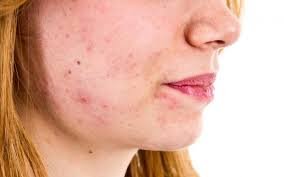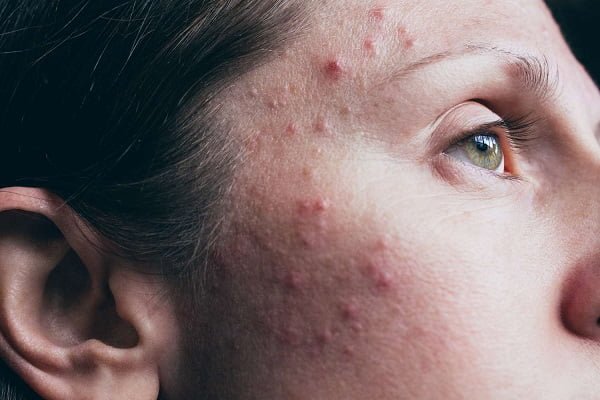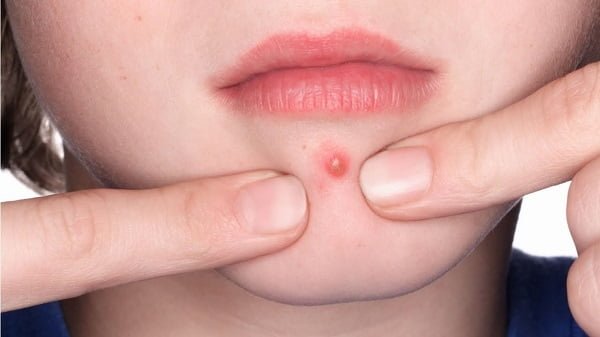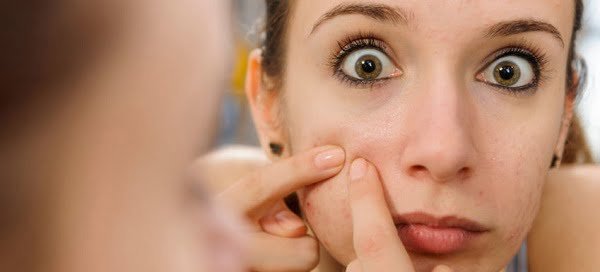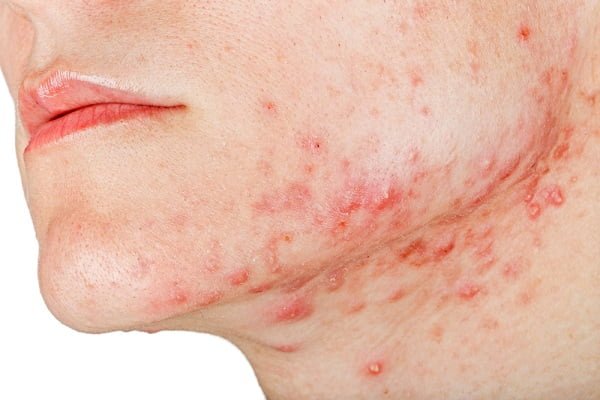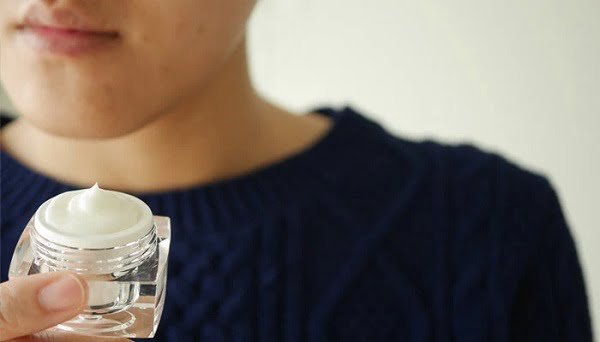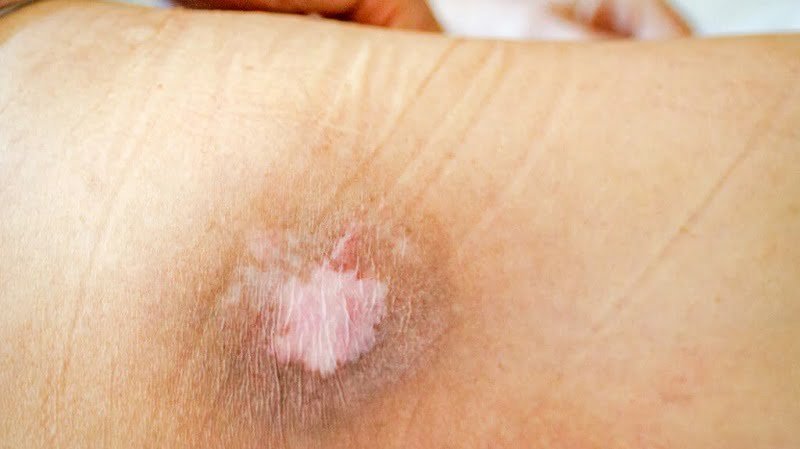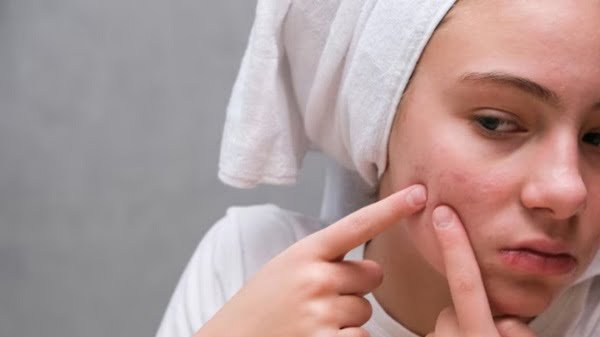Introduction
Propionibacterium acnes, a bacterium commonly found on the skin, has long been associated with acne development. While its presence on the skin is normal, understanding how Propionibacterium acnes infects the skin and contributes to acne formation is crucial for effective management and prevention. Why Am I Getting Cystic Acne All Of A Sudden? In this blog, we’ll delve into the route of infection of Propionibacterium acnes, exploring how it colonizes the skin, triggers inflammation, and leads to acne breakouts.
Understanding Propionibacterium acnes:
Propionibacterium acnes is a gram-positive, anaerobic bacterium that thrives in the oily, oxygen-deprived environment of the skin’s hair follicles. It plays a vital role in maintaining skin health by metabolizing sebum and contributing to the skin’s acidic pH balance. However, when the population of P. acnes becomes uncontrolled, it can lead to acne development through various mechanisms.
Route of Infection of Propionibacterium acnes:
Colonization of Hair Follicles: The primary route of infection of Propionibacterium acnes involves the colonization of hair follicles. P. acnes naturally resides on the skin’s surface, particularly in the sebaceous glands and hair follicles. Under normal circumstances, its population is kept in check by the skin’s immune system. However, factors such as excess sebum production, hormonal changes, and poor skincare practices can lead to the proliferation of P. acnes within the hair follicles.
Proliferation and Inflammation: Once inside the hair follicles, Propionibacterium acnes begins to proliferate, feeding on sebum and triggering an inflammatory response. The bacterium produces various inflammatory mediators and enzymes that disrupt the normal functioning of the hair follicles and surrounding skin cells. This inflammation leads to the formation of acne lesions, including pimples, blackheads, whiteheads, cysts, and nodules.
Immune Response: As the infection progresses, the body’s immune system responds to the presence of Propionibacterium acnes by sending inflammatory cells to the affected area. While this immune response is intended to neutralize the bacteria and clear the infection, it can also contribute to tissue damage and further inflammation, exacerbating acne symptoms.
Preventive Measures for Managing Propionibacterium acnes Infection:
Proper Hygiene Practices: Maintaining good hygiene practices is essential for preventing Propionibacterium acnes infection. Regular cleansing with a gentle cleanser helps remove excess oil, dirt, and bacteria from the skin’s surface, reducing the risk of bacterial overgrowth and acne development.
Balanced Diet: Adopting a balanced diet rich in fruits, vegetables, whole grains, and lean proteins can support skin health and reduce inflammation. Avoiding high-glycemic foods and dairy products may also help prevent acne breakouts by minimizing sebum production and bacterial proliferation.
Skincare Routine: Establishing a consistent skincare routine using non-comedogenic products suitable for your skin type is essential for preventing Propionibacterium acnes infection. Cleansing, exfoliating, moisturizing, and using acne-fighting ingredients such as benzoyl peroxide or salicylic acid can help keep the skin clear and healthy.
Faq related to "Propionibacterium acnes route of infection"
Propionibacterium acnes is a bacterium commonly found on the skin, particularly in the hair follicles and sebaceous glands. Its infection route involves colonization of the hair follicles, where it proliferates and triggers inflammation, leading to acne breakouts.
Several factors can contribute to the proliferation of Propionibacterium acnes, including excess sebum production, hormonal changes, poor skincare practices, and dietary factors. These conditions create an environment conducive to bacterial overgrowth within the hair follicles.
Propionibacterium acnes triggers inflammation by producing various inflammatory mediators and enzymes that disrupt the normal functioning of the hair follicles and surrounding skin cells. This inflammatory response leads to the formation of acne lesions, including pimples, blackheads, whiteheads, cysts, and nodules.
Yes, Propionibacterium acnes infection can be prevented through proper hygiene practices, a balanced diet, and a tailored skincare routine. Regular cleansing with a gentle cleanser, avoiding high-glycemic foods and dairy products, and using non-comedogenic skincare products can help reduce the risk of bacterial overgrowth and acne development.
- Skincare products containing acne-fighting ingredients such as benzoyl peroxide or salicylic acid can help prevent Propionibacterium acnes infection by keeping the skin clear and healthy. Additionally, using non-comedogenic products suitable for your skin type can help minimize the risk of pore clogging and bacterial proliferation.
- Yes, hormonal changes, such as those occurring during puberty, menstruation, pregnancy, and menopause, can contribute to Propionibacterium acnes infection by stimulating sebum production and creating an environment conducive to bacterial overgrowth within the hair follicles.
- The body’s immune system responds to Propionibacterium acnes infection by sending inflammatory cells to the affected area to neutralize the bacteria and clear the infection. However, this immune response can also contribute to tissue damage and further inflammation, exacerbating acne symptoms.
- Untreated Propionibacterium acnes infection can lead to long-term consequences such as scarring, persistent skin discoloration, and emotional distress. It’s essential to address P. acnes infection promptly and effectively to minimize the risk of these complications and maintain skin health.

